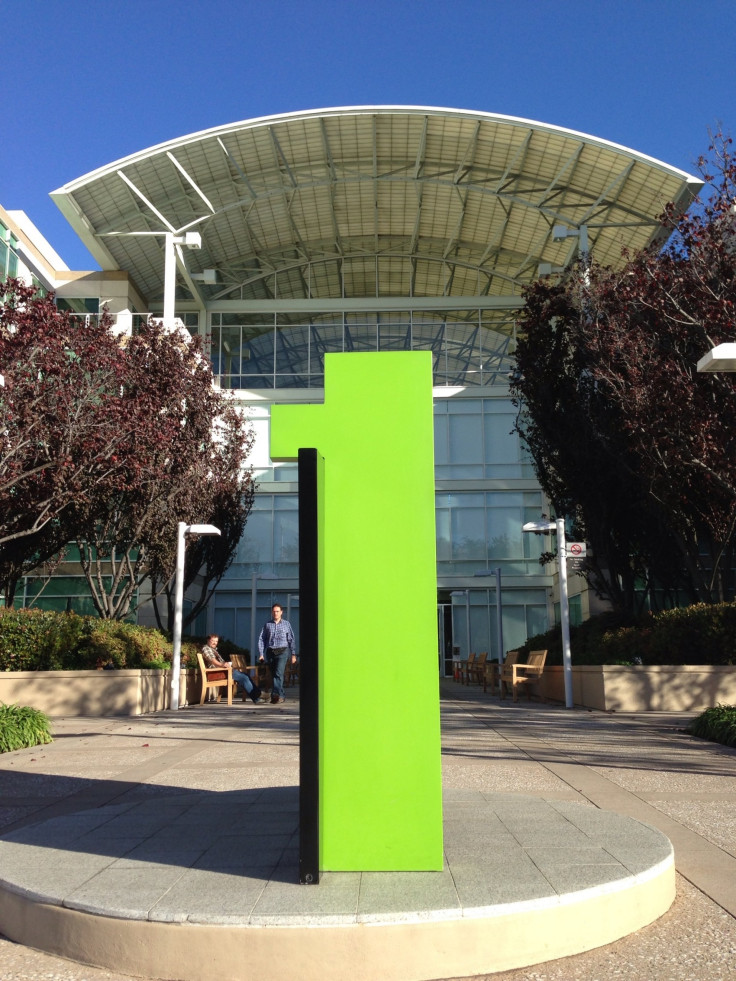Wall Street’s Apple War: Advocates Maintain Poses Despite $200B Decline
Analysts Battle Over Apple's 30% Share Decline

Nobody's neutral on Apple (NASDAQ:AAPL), the world's most valuable technology company, as the share price continues to swoon, wiping out virtually all the gains of 2012. In Tuesday trading, Apple closed at $485.92, down another $15.83, lowering the company’s market value to about $457 billion.
For shareholders who bought into the Cupertino, Calif., electronics developer back on Sept. 21, when it set a record high of $705.07, the loss has been painful. About $200 billion in value has been wiped out, hurting big investors like Fidelity Research, Vanguard Group and T. Rowe Price (NASDAQ:TROW), the giant mutual fund groups.
Apple’s all-time high came on the day the highly anticipated iPhone 5 was introduced. Then the shares started their fall, now 31 percent. Usually, when a growth stock, or one with steadily rising revenue and earnings, sets a high, it falls about 10 percent in what analysts term a “correction.” Then it starts rising again.
Here’s why that hasn’t happened for Apple, at least so far, and may not happen again, or at least for a while.
First, analysts believe Apple’s pace will ease in 2013. Despite its success with the six-year-old iPhone line and three-year-old iPad line, the consensus predictions are for slower gains in fiscal 2013 revenue.
For the year ending in September, net income is estimated to rise about 12 percent to $46.6 billion, or $48.66 a share, from last year’s $41.7 billion, or $44.15 a share, according to Thomson Reuters’ survey of 50 analysts. Revenue is expected to rise 22 percent to $191.26 billion, compared with fiscal 2012’s 44.5 percent jump.
One might think analysts might revise their estimates accordingly because most maintain either a “buy” or “strong buy” rating on the shares, with only three “sells” and six “holds.” Perhaps revisions will come after Apple reports first-quarter results on Jan. 23.
Second, while the iPhone and iPad effectively created “category killers” in their respective sectors, competition has heated up. In the third quarter, bitter rival (and Apple supplier) Samsung Electronics (KRX:005930) took the lead in smartphone sales and also carved a big chunk in the tablet sector, along with Amazon.com Inc. (NASDAQ: AMZN), the No. 1 e-retailer; China’s Lenovo Group (PINK:LNVGY) and others.
Newer tablet entries from Google (NASDAQ: GOOG) and Microsoft (NASDAQ: MSFT) only shipped in quantities in the fourth quarter. Market researchers haven’t yet compiled sales figures, which will include Apple’s iPad Mini for the first time.
The other entries, though, mainly compete with Apple on price. In the U.S. most customers don’t pay the $499 to $949 prices demanded by Apple because they sign contracts with a mobile phone supplier such as Sprint-Nextel Corp. (NYSE:S), which masks the cost by spreading it out over 24 months.
That’s not the case in many of the 101 countries where iPhones are sold.
January’s swoon in Apple’s share price is partly attributable to reports about lower-than-expected fourth-quarter 2012 sales and lower demand for components going forward.
The analysts, though, still believe iPhone sales remain strong. At Jefferies, Peter Misek said the company sold 53 million units last quarter, about double the number from the prior quarter, but easing to 44 million in the current quarter. Apple’s gross margin will fall a point, to 39 percent, but earnings will be $15.50 a share, considerably above the consensus estimate of $13.34.
Misek also expects Apple will introduce a “low-cost” iPhone without features like a retina display or LTE (long-term evolution) functions, that might boost sales, later this year.
On the other side, Stuart Jeffrey of Nomura Equity Research, among the few “neutral” analysts, believes competition will trim iPhone sales at least 5 percent this year and more in fiscal 2014. Competition will force Apple to lower prices, reducing its high gross margins from 55 percent to 45 percent and then 40 percent, which had been the historic peak for mobile vendors.
Finally, there are some variables: At long last and after two sales calls from Apple CEO Tim Cook, China Mobile Ltd. (NYSE:CHL), with 600 million subscribers, might finally start selling the Chinese-made iPhone line, currently sold by smaller carriers including China Unicom Ltd. (NYSE:CHU).
That could present a giant new opportunity for Apple, but maybe not at the “world” price. Cook visited China last week and may have discussed pricing with China Mobile.
As well, with more than $121 billion in cash as of Sept. 29, Apple might well boost its dividend again or offer a “special dividend” to entice shareholders. Last year, the company reinstituted a quarterly dividend of $2.65 a share, which could be easily multiplied.
While that’s been done before by companies like Microsoft when a share price lags, if a technology giant like Apple does that, it could indicate its engineering staff and management have run out of ideas.
Last year, they spent a record $3.38 billion on research and development, which indicates there could be plenty left over from doubling the amount to soothe shareholders who recall September’s peak.
© Copyright IBTimes 2025. All rights reserved.






















